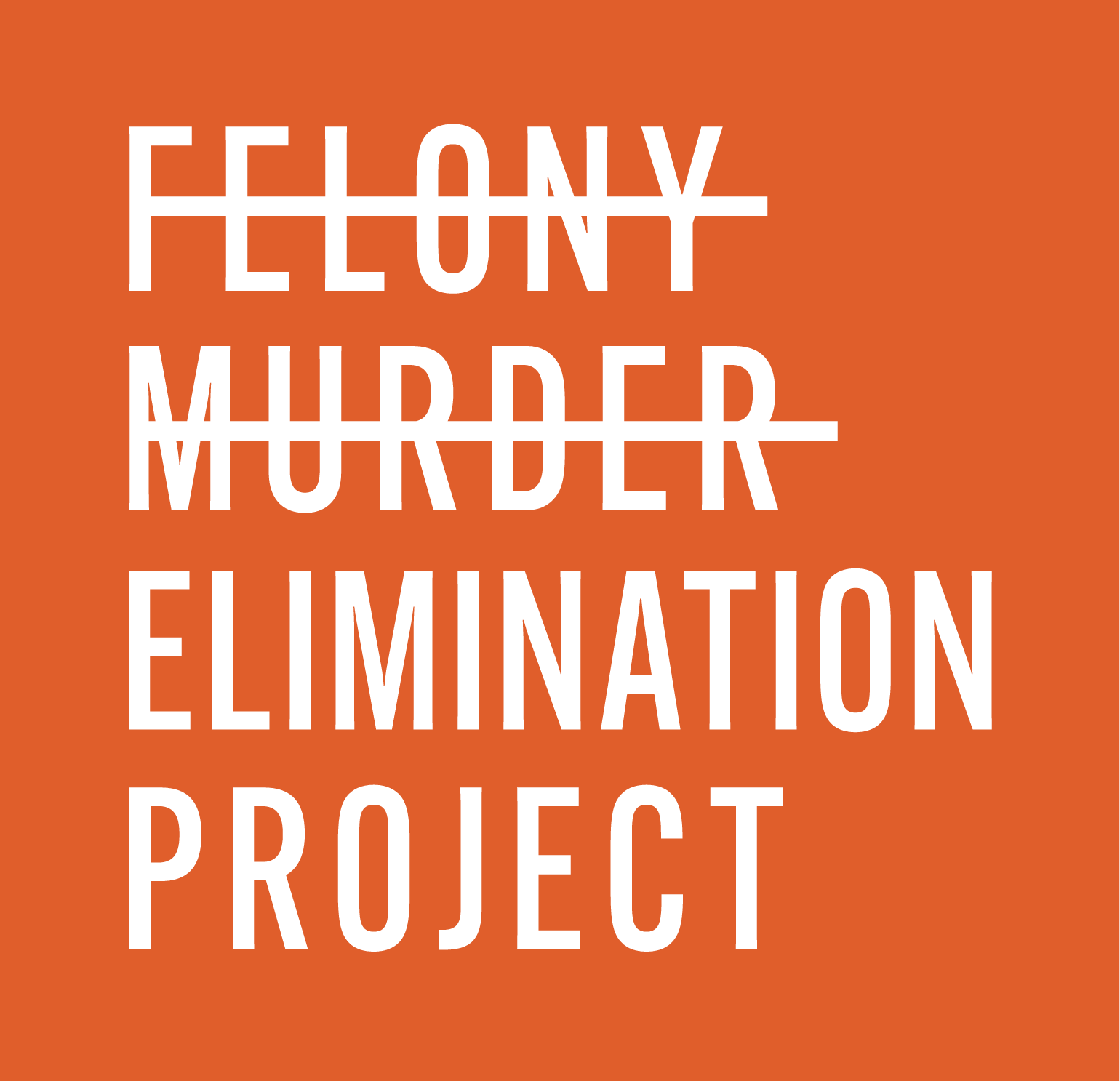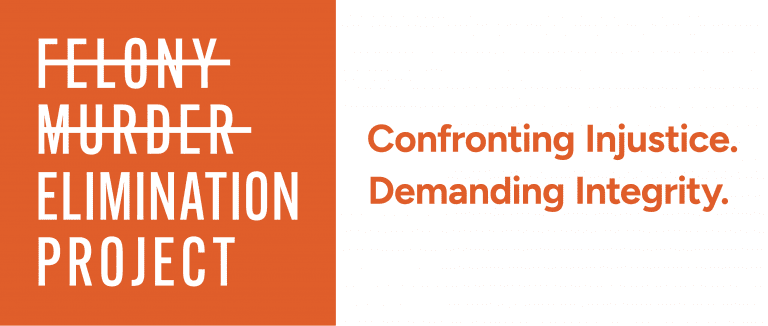The United States has the highest number of women and girls in prison worldwide, and the female prison population is growing faster than the male population in many parts of the world. Yet, if every state in the country banned youth incarceration for misdemeanor or lower-level charges, girls’ incarceration would come to a permanent end in most communities.
In 2021, juvenile systems detained around 25,000 girls and gender expansive youth, with thousands more placed in out-of-home facilities. Girls are disproportionately incarcerated for technical violations of probation and status offenses such as running away, truancy, or “incorrigibility,” stemming from experiences of violence, trauma, and discrimination. Girls and gender expansive youth in detention are disproportionately poor, LGBTQ+, and youth of color: Black girls are incarcerated at more than 2.5 times the rate of white girls, and Native American girls more than four times the rate of white girls.
Instead of offering support or understanding, systems wrongfully incarcerate girls and gender expansive youth to discipline noncriminal violations, protect the young person’s own safety, or provide access to services and basic needs that should be available to all children in the community. Instead, disproportionate and unfair treatment of girls in schools, including disciplinary actions and suspensions, leads quickly to involvement in the juvenile justice system, despite multiple points along the journey where the school-to-prison pipeline can be interrupted using proven and effective community-based interventions.
An article in the July/August 2025 issue of Mother Jones magazine examines these community-based interventions. In “A Revolutionary Way to End the Incarceration of Girls,” Samantha Michaels writes about efforts in Maine, Vermont, New York City, and parts of the San Francisco Bay Area to stopping girls’ imprisonment altogether.
Excerpts included below.
Ending prison for teens might seem like a pipe dream in the age of Donald Trump. But when it comes to girls, who are less likely than boys to commit violence, this fantasy could be closer to reality than you’d think. Maine, Vermont, New York City, and parts of the San Francisco Bay Area also have seen long stretches without a single girl in long-term incarceration. In California, stopping girls’ imprisonment altogether is now “well within reach for the state,” according to the nonprofit Vera Institute of Justice, which works with jurisdictions across the country to get kids out of detention. “It’s hard for a lot of communities, let alone government leaders, to imagine that zero is achievable. We know that it is,” says Hannah Green, who helped lead Vera’s Ending Girls’ Incarceration Initiative until last year.
From 1990 to 1999, the number of delinquent girls detained in the United States grew 50 percent, compared with a 4 percent increase for boys. Youth crime had been rising since the ’80s, and though politicians famously fixated on male teen “superpredators,” their tough-on-crime mentality targeted girls too, with zero-tolerance policies that led to more girls being arrested for fights. The media latched on: Newsweek ran a piece in 1993 titled “Girls Will Be Girls” about teens with guns and “razor blades in their mouths,” while Oprah and Larry King decried the scourge of girl gangs.
As girls took up more beds in youth lockups, they faced a legal system that had not been built for them: Three-quarters of all juvenile justice programs served only or primarily boys—just 2 percent served only girls. People assumed both genders committed violence for similar reasons, and that the existing punishment structure for boys would work for girls, too.
But girls had different needs. They were less likely than boys to be arrested for violence, and more likely to be arrested for running away, skipping school, and other so-called “status offenses” that were only deemed illegal because of the offender’s age. These transgressions often stemmed from prior trauma. Nationally, according to a 2010 study, 35 percent of incarcerated girls reported previous sexual abuse, compared with 8 percent of boys. Girls in the justice system were also twice as likely as boys to report physical abuse and past suicide attempts.
Hawaii retired judge Karen Judge Radius hadn’t heard about advocacy models when she decided to start a court just for girls. But it seemed clear to her that many girls were shaped by conditions beyond their control. She’d learned about a groundbreaking study by Kaiser Permanente and the Centers for Disease Control and Prevention that found that traumatic incidents during early childhood could have lasting negative impacts on a person’s physical, mental, emotional, and behavioral development. Radius’ most important job as a judge, she now felt, was not to determine whether a girl had committed a crime—but rather to figure out what that girl needed to improve her situation.
Since 2004, more than a dozen jurisdictions have launched girls courts of their own. They take different forms, but all of them focus on listening to girls and addressing their trauma. A 2007 study by Chesney-Lind found that girls who participated in Hawaii’s court were arrested 79 percent less often than before and were much less likely than other delinquent girls to end up at the state’s youth prison.
The San Francisco Bay Area is home to a program that’s “the best model in the country” for ending girls’ incarceration, says Shabnam Javdani, a New York University researcher who studies advocacy models. It’s run by the nonprofit Young Women’s Freedom Center, and part of what makes it so effective, Javdani says, is that it’s led by girls and young women who’ve been through the system themselves. More than half the center’s staff are younger than 25, and most have a history of incarceration or living or working on the streets.
Former Superior Court of Santa Clara County Judge Katherine Lucero’s visit in 2014 to the Young Women’s Freedom Center changed the way she conducted her court. Whenever she had a detention hearing on her docket, she’d try to call someone from the center into the courtroom to talk with the girl: Would she like to skip traditional probation, the judge asked, and instead go through the center’s coaching program? Girls who said yes would receive a monthly stipend of $500 to $1,000 to help meet their basic needs, however they defined them. (Funding for the center’s stipends comes partly from public agencies in California.) “In my mind, I did not order them to participate as much as I asked them,” Lucero says. If the girl agreed, Lucero dismissed her case; there would be no punishment if she started the coaching and didn’t finish.
You can read the full article, “A Revolutionary Way to End the Incarceration of Girls” by Samantha Michaels at the Mother Jones website. Mother Jones is a nonprofit American progressive magazine that focuses on news, commentary, and investigative journalism on topics including politics, environment, human rights, health and culture.



